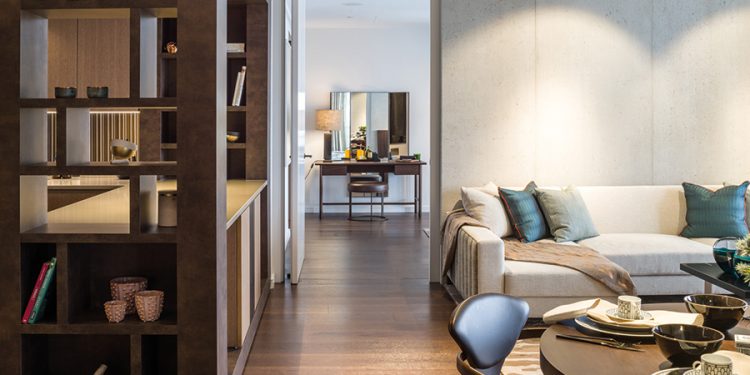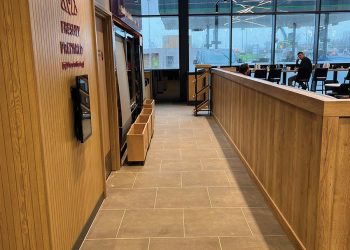ENGINEERED wood flooring is a visually appealing, environmentally-friendly floor covering for sustainable living projects that can last for many years. However, it must be planned, fitted and cared for correctly.
Our research into wood flooring began back in the 1980s when our founder was in the development business, refurbishing listed properties. And we pride ourselves on only using the latest state-of-the-art machines, adhesives and finishes, as we consistently strive to develop our products and increase the range of quality wood flooring options.
With all the experience we’ve picked up working with developers and designers, we’ve learnt a lot about planning and fitting flooring that lasts just as long as it looks good. If you’re looking to fit your next project’s flooring, here’s what you need to consider.
Planning makes perfect
Part of the planning process involves surveying the intended room to assure that the correct conditions are met. All wood is Hygroscopic, so as a material it will absorb moisture into its cell structure.
Before fitting your wood floor, it’s advisable to unpack 20% of the boards and lay them out to see the variation in grain and colour. Matching the knotting and shading is a big part of the fitting process.
A good, professional fitter will merge the colour variation so the floor looks natural with lighter and darker colours merging. Alternatively, you may want all the light boards in one room and darker ones in other rooms, it’s all down to personal taste.
Before you fit your floor and before you even order it, it’s worth taking into consideration these eight important points:
- What traffic will the floor be exposed to?
- What heat and moisture could the floor experience?
- Where will the boards be stored before fitting?
- Do the boards need acclimatising before fitting?
- Is the substrate dry, flat, and smooth?
- Do you need to apply a moisture barrier or damp-proof membrane to the substrate before fitting the floor?
- Are all walls and floors completely dry and stable?
- Have you fully tested and regulated any underfloor heating?
Tips and tricks for fitting the floor
To minimise stress on the new boards, all substrates should be secure, dry, clean and level. Allowances must be made for any movement either from the new floor or from the existing structure.
Depending on how the floor is fitted, and what other elements exist (such as underfloor heating), adequate time should be allowed for all elements such as adhesives or oils to mature before the floor is put into use.
Where solid boards are used, if the new floor exceeds 4 linear metres in any one direction, then extra provision for movement should be designed into the floor.
Where engineered boards are used, if the new floor exceeds 8 linear metres in any one direction, then extra provision for movement should be designed into the floor.
After fitting, your wood flooring should only be cleaned in the manner recommended by The Solid Wood Flooring Company.
Any items that will be sited on the finished wood floor, such as furniture, should have protective pads fitted to their feet to avoid potential damage to the oiled or lacquered finish.

The importance of a proper builders clean
After 20 years of advising on wood flooring installations, we still find that builders can destroy beautiful floors.
We always advise that the floor should be the very last product to be installed in any situation. All wet works and snagging should be completed before any wood flooring is delivered to the site.
If for whatever reason the floor needs to be installed before this, then we insist on the floor being protected if any other work is going to be carried out after installation. You should use a breathable membrane and then a hardboard to fully protect the floor. Make sure there are no gaps anywhere for any dust (especially plaster dust or plaster) to penetrate and get into the surface of the floor.
Plaster dust and/or wet plaster are corrosive and can damage any surface. The worst action we find is that rather than using a powerful hoover machine with a brush (but with no bar underneath, which can damage a floor), people use water and a mop. “Washing” the floor in this situation will make the plaster dust clump and absorb the water, this will leave a streaked white smear all over the affected area. Depending on the amount of contamination, the restorative works can range from relatively simple to more complex. In either case, talk to us for help.












